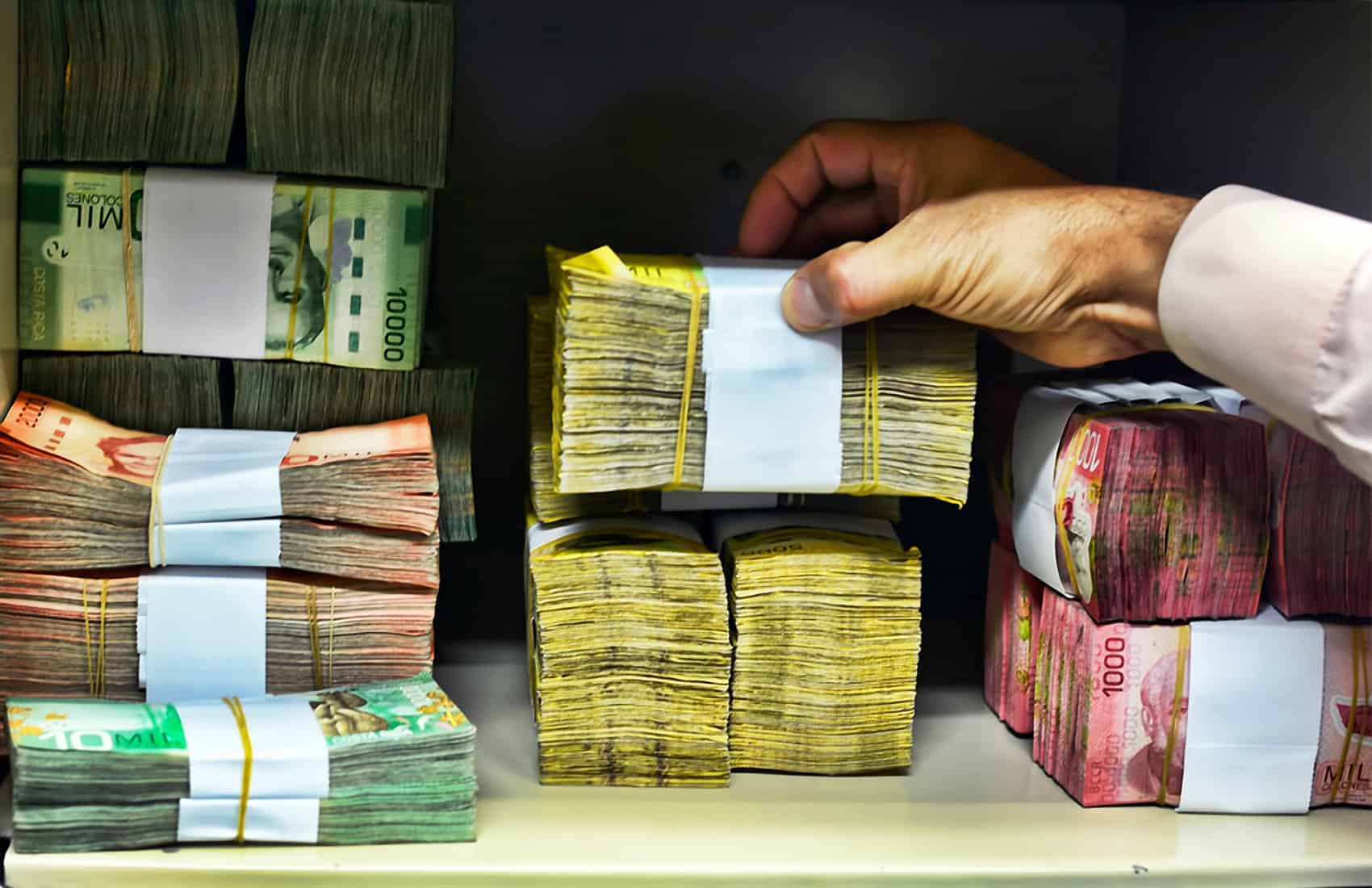It’s not often The Tico Times writes an explainer about basic Costa Rican daily living that’s equally surprising to a first-time visitor and a high court justice. But after Fernando Cruz, President of the Supreme Court, suggested his monthly income of ₡6.3 million (about $10,600) classified him as part of the country’s middle class, we thought a refresher was necessary.
While discussing a tax-reform bill that seeks to help Costa Rica avoid a financial crisis, Cruz asked: “Are we, the middle class, going to solve the country’s poverty?” According to the latest available data from the National Statistics and Census Institute (INEC), a household in Costa Rica’s top quintile has an average income per capita of ₡1,065,486 (about $1,800). The total average monthly income of a household in that fifth quintile is ₡2,634,851 (about $4,440).
And per the daily La Nación, the richest 10% of households in Costa Rica earn an average of ₡3.4 million (about $5,730). That places Cruz, and his personal income of ₡6.3 million, well into the highest tier of earners. No matter how you slice that data, that is not middle class in Costa Rica.
Perhaps Cruz would feel more “middle class” in Qatar, the world’s richest nation, where the average yearly income is nearly $130,000, according to Bloomberg. INEC does not establish boundaries for high, middle or low class in Costa Rica. However, the institute says the average monthly income of a household in Costa Rica’s middle quintile is ₡743,324 (about $1,250).
The bottom 20% of Costa Rican households average ₡207,870 each month (about $350). INEC says nearly 1.1 million Costa Ricans live below the poverty line, which is a per capita income of less than ₡107,769 in an urban area or ₡82,950 in a rural area (about $182 and $140, respectively).
Costa Rica’s Plenary Court this week rejected a tax-reform bill in its current state and asked the members of the Legislative Assembly to correct four points of the initiative. The bill aims to prevent a financial crisis by raising taxes and limiting government spending.
If legislators make the changes requested by the Plenary Court, the Court will give the go-ahead to the project and it can be approved by a simple majority in a second debate. Otherwise, legislators will need a two-thirds majority of 38 votes to overrule the court’s objections.
Many of those who have opposed the proposed reforms say the changes would place an unfair burden on the working class. Which, of course, does not include Fernando Cruz.

